 Best viewed with red/cyan 3d glasses
Best viewed with red/cyan 3d glasses
Aircraft of World War One in 3D
Before World War One the development of aircraft was in its early stages and there had been limited use of aircraft in a military role. World War One changed all that and inspired an unprecedented leap of technology in the field of aircraft and engine design and manufacture that took the realm of warfare into a whole new dimension. The flimsy kite like structures of 1914 and 1915 were a world away from the designs that evolved over the few years that followed: unimagined beasts like the Gotha and Handley Page bombers, and the Zeppelin airships would cross hundreds of miles to terrorise cities and bring the war to the civilian population; fast sleek biplanes and monoplanes roamed high above the trenches involved in bitter dog fights to secure superiority of the air, and dangerous low level missions to strafe enemy lines and aerodromes; innovative tri-plane designs took to the air with stunning agility; early simple two stroke engines gave way to powerful rotary and radial engines that could turn an aeroplane upside down on takeoff if the pilot wasn't careful. New companies emerged to take on the challenge of designing and building these innovative new flying machines: Sopwith, Bristol, Spad, Albatross, Nieuport and Fokker were just a few.
A new kind of hero emerged to take these delicate new machines into battle; Aces like Boelcke, Mannock, Ball, von Richthofen, Immelmann, Udet, Goreing, Rickenbaker, Libby, Bishop, Collishaw, Guynemer and Fonck were just some some of them, and a substantial number of them lost their lives doing it.
Fokker Eindecker E-III
The Fokker Eindecker E-III. Designed by Dutch engineer Anthony Herman Fokker the Eindecker entered service in1915. It was not as nimble as its looks would suggest; what made the Eindecker such a formidable opponent was the synchronised machine guns that fired straight ahead through the propeller.
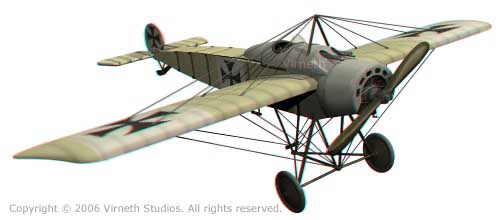
This innovation by Fokker gave Eindecker pilots like Max Immelmann such a massive advantage during combat that they rapidly became known as the 'Fokker Scourge' and dominated the battle field until more maneuverable allied aircraft entered service.
Sopwith Triplane
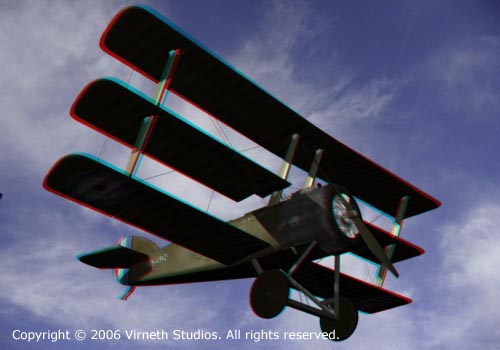
The Sopwith Triplane first appeared in 1916 and had such good maneuverability and rate of climb that it inspired the German designer Fokker to produce his own version, which was to be flown by the famous Baron Von Richthofen. The Sopwith Triplane was only used by the Royal Naval Air Service and, in the hands of accomplished pilots such as Flight Sub-Lieutenant Raymond Collishaw of the famous Black Flight ("B" Flight of No. 10 (Naval) Squadron), it proved to be a very effective weapon.
Bristol fighter
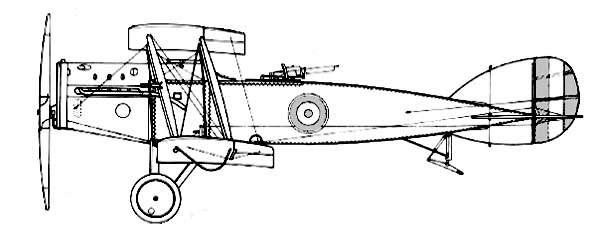
The Bristol Fighter entered operational service in France at the beginning of 1917 with No. 48 Squadron RFC. Originally thought to suffer from structural weakness the aircraft was initially put into service as a gun platform. From experience the design was shown to be structurally sound and was then flown as a fighter and proved itself more than adequate for the task.
Fokker Dridecker Dr1
One of the most famous aircraft of World War One the Fokker Dr 1 owed much of its fame to one of the most notable pilots of the era, 'The Red Baron' Manfred von Richthofen commander of Jagdgeschwader Nr.1, the "Flying Circus".
The Dr 1 was designed by Reinhold Platz and manufactured by the Fokker company. It entered service in late August 1917. Only 320 were ever built but it made an instant impression due to its maneuverability and high rate of climb.
There was a tendency for the top wing to fail and production ceased in May 1918. By this time the superior Fokker D VII was in service.
Factsheet and 360 degree interactive
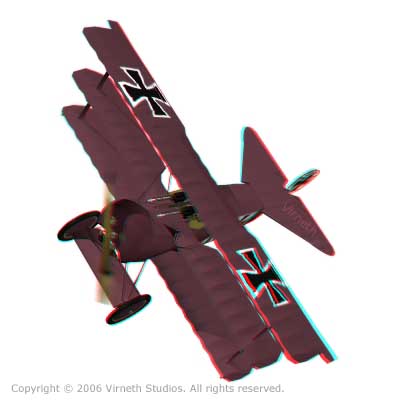
SE5
The SE5 was designed by the Royal Aircraft Factory at Farnborough and was built by various manufacturers including Vickers and Austin. The engine was a 200 h.p Hispano-Suiza giving it a top speed of 138 mph (222 kph) which made it one of the fastest aircraft of the war. The SE5 entered service with No. 56 Squadron in March 1917. An improved version, the SE5a, entered service later that year in June.
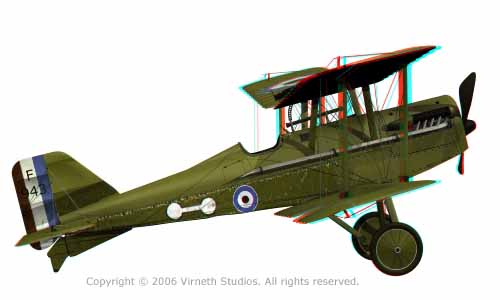
Over 5000 were produced and it was well received being an extremely stable and forgiving aircraft suitable for inexperienced pilots, unlike its contemporary the famous Sopwith Camel.
Gotha
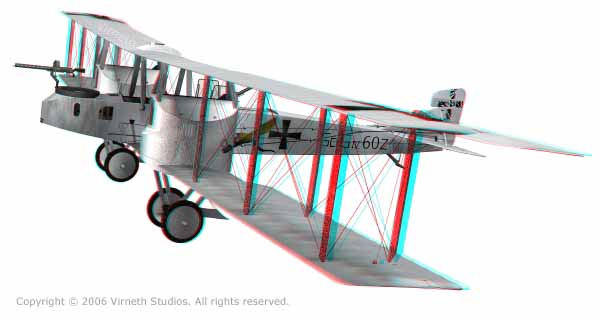
By the end of 1916 it was realised that the Zeppelin airships were never going to deliver the means to conduct a significant bombing campaign against the British Isles. The Gotha IV shown above was the result of several years of expertise gained by the Gothaer Waggonfabrik AG in building twin engine military aeroplanes. The twin engine Gotha was a fraction of the cost of the Zeppelins in terms of material and man hours and was a far more versatile and effective means of delivering a bomb load to targets on mainland Britain. The early raids of 1916 were virtually unopposed and caused mayhem and panic amongst the civilian population of the Home Counties.
Its flight characteristics fully laden were considered to be good but landing, especially at night, was deemed to be downright dangerous - a high proportion of the Gotha losses, possibly as high as 70%, were due to bad landings. To many pilots having to perform a near perfect landing after many hours flying under combat conditions was just too much.








